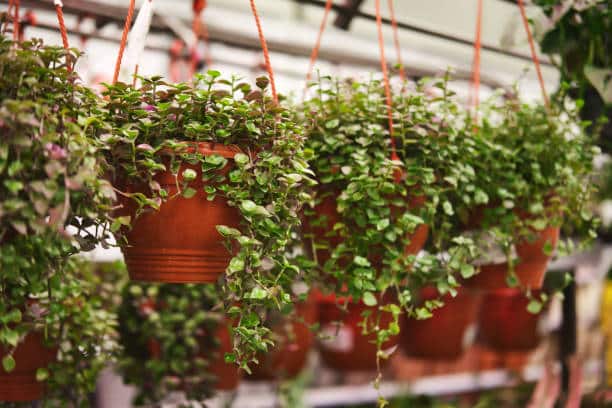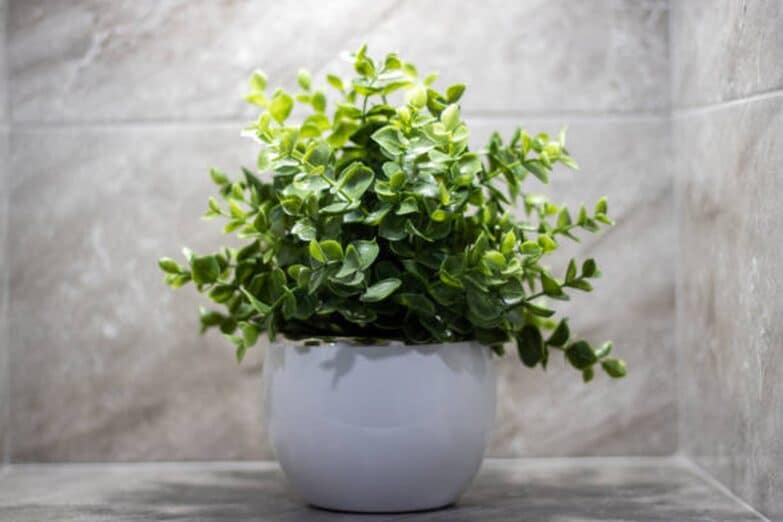Callisia repens, also known as turtle vine or creeping inch plant, is a charming, low-maintenance houseplant that adds a touch of whimsy to any indoor garden. Its trailing growth habit, vibrant green foliage, and easy-care requirements make it an ideal addition to your houseplant collection, whether you’re a seasoned indoor gardener or just starting. In this comprehensive guide, we’ll explore the world of Callisia repens, covering its origin, characteristics, care tips, and propagation methods, helping you to successfully cultivate this delightful plant in your own home.
Origins and Natural Habitat
Tracing the Roots of Callisia Repens
Callisia repens is native to Central and South America, where it can be found growing in tropical and subtropical regions. It is a member of the Commelinaceae family, which includes other popular houseplants such as Tradescantia and Spiderwort. In its natural habitat, Callisia repens thrives in the understory of forests, where it receives dappled sunlight and consistent moisture.
Adapting to Indoor Environments
One of the reasons Callisia repens has become a popular houseplant is its adaptability to various indoor environments. The plant can tolerate a range of light conditions and is relatively resistant to pests and diseases, making it a resilient and low-maintenance option for busy plant owners or those with less-than-ideal growing conditions.
Characteristics of Callisia Repens
Foliage and Growth Habit
Callisia repens is best known for its attractive, trailing growth habit and vibrant green foliage. The small, succulent-like leaves are oval-shaped and often feature a purple or red underside, adding a pop of color to your indoor garden. As the plant matures, its stems can grow up to 3-4 feet (90-120 cm) in length, creating a cascading effect that’s perfect for hanging baskets or as a “spiller” in mixed container arrangements.
Flowers and Fruit
While Callisia repens is primarily grown for its foliage, it does produce small, inconspicuous flowers during the warmer months. These white or pale pink blooms are typically hidden beneath the foliage and rarely noticed. After flowering, the plant may produce small, berry-like fruit, although this is a rare occurrence in indoor cultivation.
Cultivating Callisia Repens at Home

Light Requirements
Callisia repens can tolerate a range of light conditions, making it a versatile option for various indoor environments. Ideally, the plant should receive bright, indirect light, such as that found near a north or east-facing window. However, it can also adapt to lower light conditions, although its growth may be slower and less vigorous.
Temperature and Humidity
As a tropical plant, Callisia repens prefers warm temperatures and moderate to high humidity levels. Aim to maintain a consistent temperature between 65-80°F (18-27°C) and avoid placing the plant near drafty windows or air vents, as sudden temperature fluctuations can cause stress. To increase humidity levels, consider using a humidifier, placing a tray filled with water and pebbles beneath the plant, or grouping it with other humidity-loving plants.
Watering and Fertilization
Callisia repens requires consistent moisture but is sensitive to overwatering, which can lead to root rot. Water the plant thoroughly when the top inch (2.5 cm) of soil feels dry to the touch, allowing the excess water to drain away. Be sure to use a well-draining potting mix and a container with drainage holes to prevent waterlogging.
Feed your Callisia repens with a balanced, water-soluble fertilizer diluted to half strength every 4-6 weeks during the growing season (spring and summer). Reduce feeding frequency to once every 8-10 weeks during the cooler months. Avoid over-fertilizing, as this can lead to leaf burn and damage the plant’s delicate roots.
Soil and Potting
A well-draining soil mix is essential for the healthy growth of Callisia repens. You can create your own mix by combining equal parts of potting soil, perlite, and peat moss, or purchase a pre-made mix formulated for succulents or cacti. When selecting a container, choose one with drainage holes to prevent excess water retention, which can lead to root rot. As the plant grows, you may need to repot it every 1-2 years to accommodate its expanding root system.
Pruning and Training
Regular pruning is essential for maintaining the health and appearance of your Callisia repens. Remove any yellowing or damaged leaves with clean, sharp scissors or pruning shears. Pruning also encourages bushier growth and prevents the plant from becoming leggy. If you’d like to create a more compact appearance or promote branching, simply pinch back the growing tips of the stems.
Common Pests and Diseases
Pests
Like most indoor plants, Callisia repens can be susceptible to pests such as mealybugs, spider mites, and aphids. Regularly inspect your plant for signs of infestation and treat any pests promptly to prevent damage. Insecticidal soap or neem oil can be effective treatments for most common pests.
Diseases
Callisia repens is relatively resistant to diseases when provided with proper care. However, overwatering or poor ventilation can lead to fungal diseases such as root rot or leaf spot. Ensure your plant is potted in a well-draining mix, avoid overwatering, and provide adequate air circulation to minimize the risk of disease.
Propagation Techniques
Stem Cuttings
Callisia repens can be easily propagated by stem cuttings. To take a cutting, choose a healthy, mature stem with at least one leaf. Using a clean, sharp knife or scissors, make a diagonal cut just below a leaf node. Remove the lower leaves and place the cutting in a small container filled with moist, well-draining potting mix. Keep the cutting in a warm, humid environment with bright, indirect light, and maintain consistent moisture until roots develop. Once the cutting has established a robust root system, transplant it into a larger pot.
Division
Another propagation method for Callisia repens is division. This technique involves separating a mature plant into smaller sections, each with its roots and foliage. Gently remove the plant from its container and carefully separate the root ball, ensuring that each division has a healthy root system and at least one leaf. Plant each division in a well-draining potting mix and provide the same care conditions as a mature plant.
Conclusion
Callisia repens is a delightful, low-maintenance houseplant that adds a touch of whimsy and vibrant greenery to any indoor garden. Its adaptability to various light conditions and easy-care requirements make it an ideal addition to your houseplant collection. By following the tips and guidelines outlined in this comprehensive guide, you can successfully cultivate Callisia repens and enjoy its charming presence in your home.

